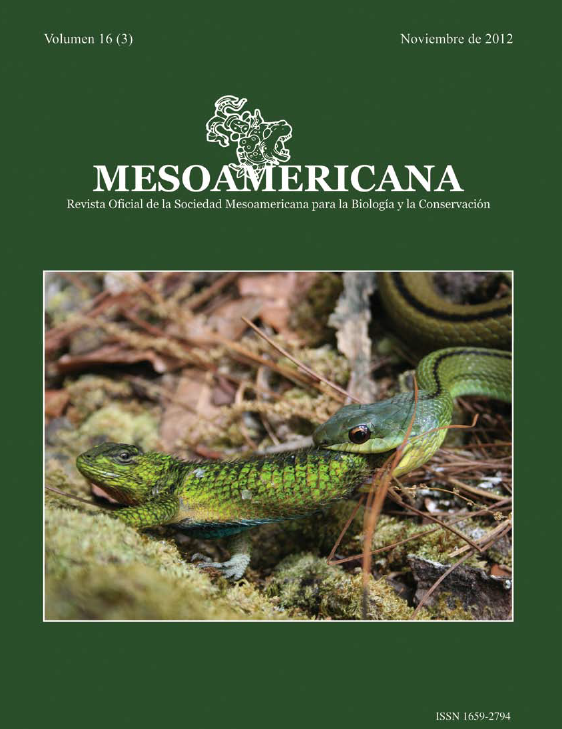

We describe the patterns of nectar production, animal visitation, and animal movement at balsa (Ochroma pyramidale, Malvaceae) trees. Individual flowers opened for one night and nectar production was highest in the early evening, declining over the night, totaling 25.5 ml/flower. Sugar concentration averaged 12.4 percent and decreased through the night. Each flower produced an average of 11.6 kcal worth of nectar over one night and a large tree at peak blooming (60 flowers) offered 705 kcal to lure in pollinators each night. We recorded 22 vertebrate species feeding on flowers including 13 diurnal birds, two diurnal mammals, five nocturnal non-flying mammals, and at least two bat species. Kinkajous (Potos flavus) were the most frequent visitor at the flowers, and spent the most time feeding, bats were seen regularly, but only for very brief feedings. The nocturnal mammals occasionally interacted aggressively, with dominance set by body size. Animal activity paralleled nectar production, most occurred in the first half of the night. Heavy pollen loads were seen on the nocturnal mammals, and preliminary experiments suggest they are the main pollinators. We suggest that an evolutionary strategy of attracting both bats and non-flying mammals would benefit a tree by dispersing pollen in two patterns: small pollen loads large distances on bats, and large pollen loads shorter distances by non-flying mammals. Furthermore, we use animal tracking data to show that flowers fed on early in the evening, when they offer the best reward to pollinators, are more likely to have pollen dispersed to other trees.